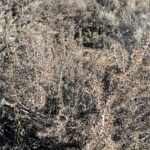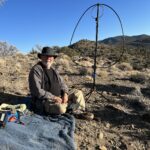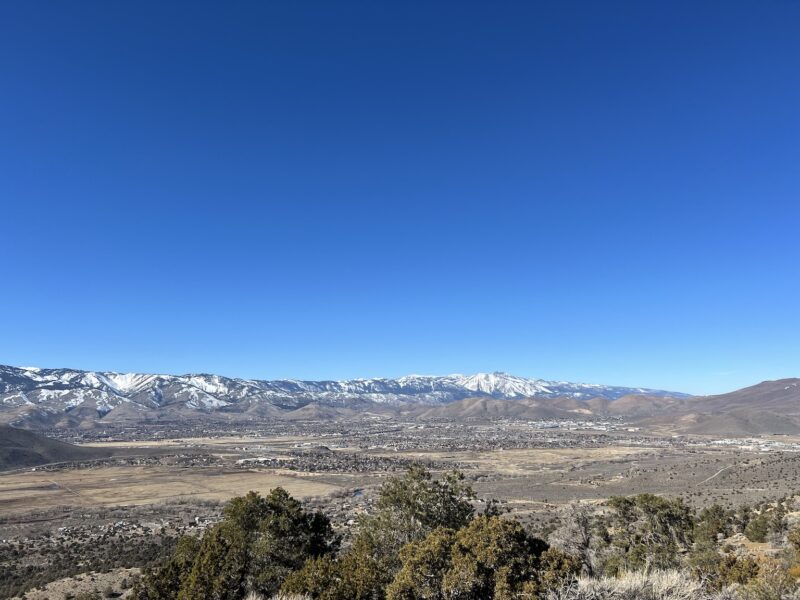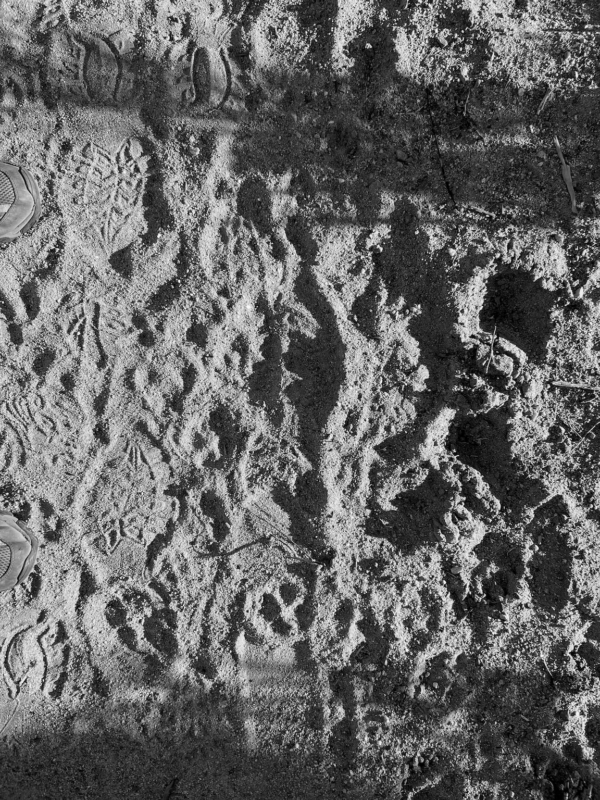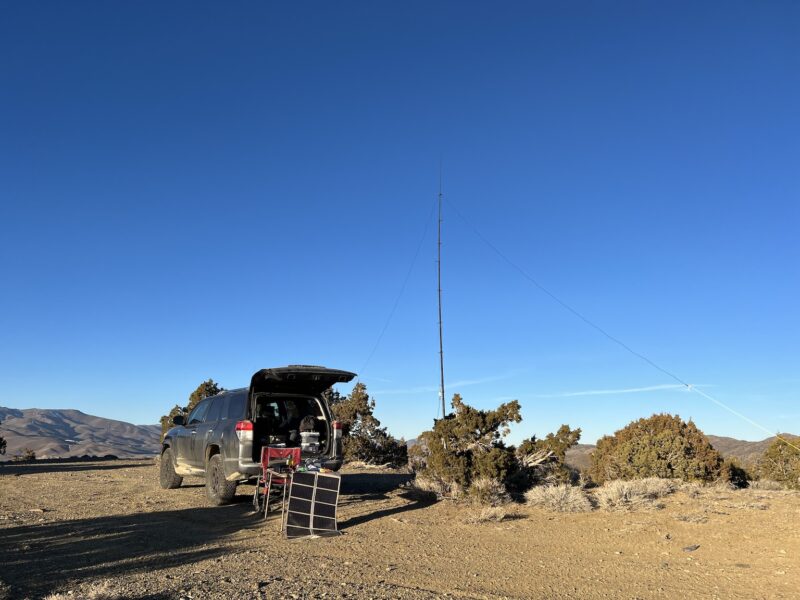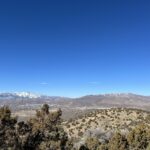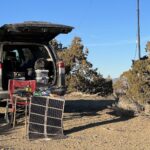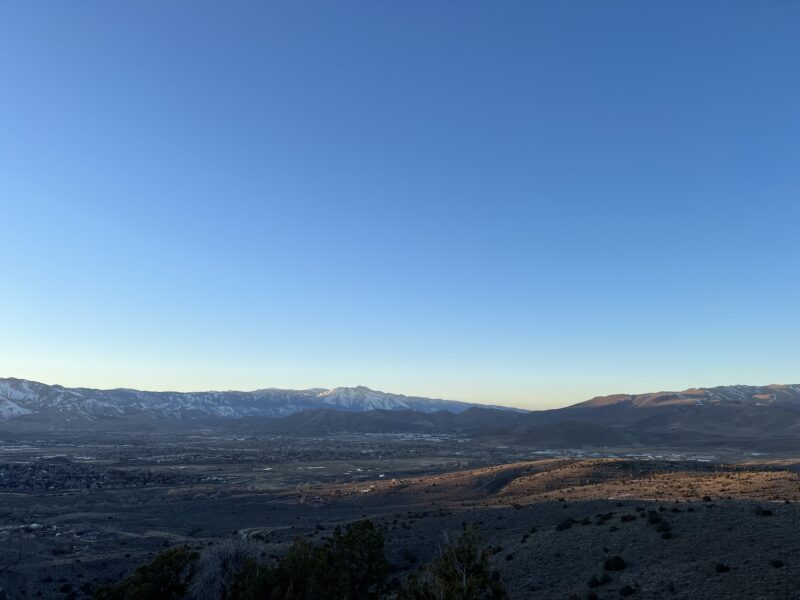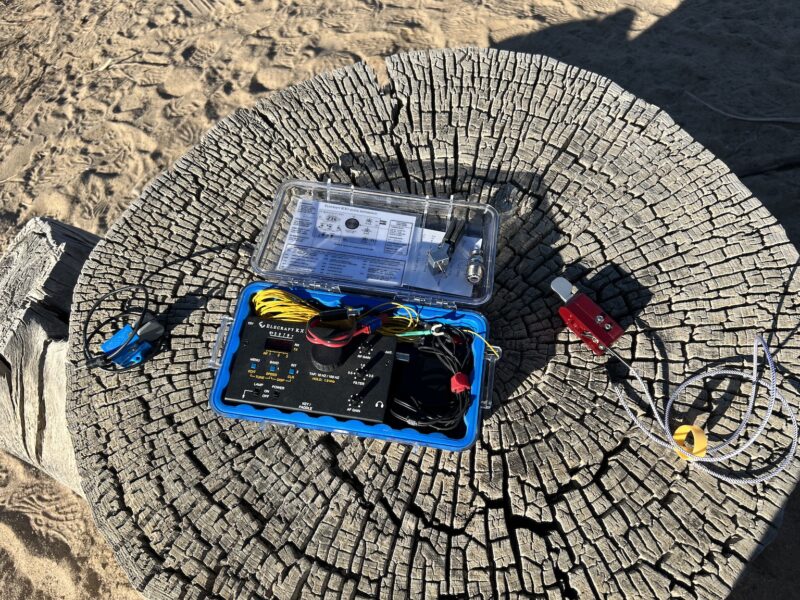
During the latter part of last year and well into January of this year, I was working very hard and burning a lot of energy. After completing a report and giving a deposition, I was quite tired and near burning out. That did not stop the pressure, though, as there are several active projects still needing attention and deliverables are coming due. There was little time for my radios and I had to cancel my planned trip to Quartzite, Arizona.
I am making progress on the work. This week I was relieved of one of the deliverables due the end of this month. I made significant progress on the other two deliverables. The pressure lightened substantially.
However, over the last few weeks I decided that I had no choice but to take time off for some self care. I will not be productive if I burn out. I am close enough that I feel the pressure to chuck everything and go into hibernation mode.
As a result, I spent more time in the outdoors the last three weekends. The Girl and I are getting our miles in every day. I am taking a few minutes every day to meditate and pray. Although this week was an exception, I am getting a couple of strength training sessions in each week.
After our daily walks, if the weather is nice (and it has been), I setup one of my portable radios. The last couple of weeks, I had the Elecraft K1 out a couple of times. I am learning to use that radio. It is not a difficult radio to use, but there are a few things to learn about its operation.
I learned that it is a very good radio. The receiver is excellent and the operating controls are well thought out and work well. It is a fun unit to operate.
An even smaller radio is my Elecraft KX1. My unit operates on four bands — 20m, 30m, 40m, and 80m. It has an internal matching unit. It will run on a set of internal batteries or an external power source. It has an excellent receiver with both RF and AF gain controls and an adjustable filter.
Some days I setup a telescopic fiberglass mast and run a wire from near the top to the radio. The wire antenna connects directly to the radio. A counterpoise is thrown on the ground to provide the required wire to match the radiator.
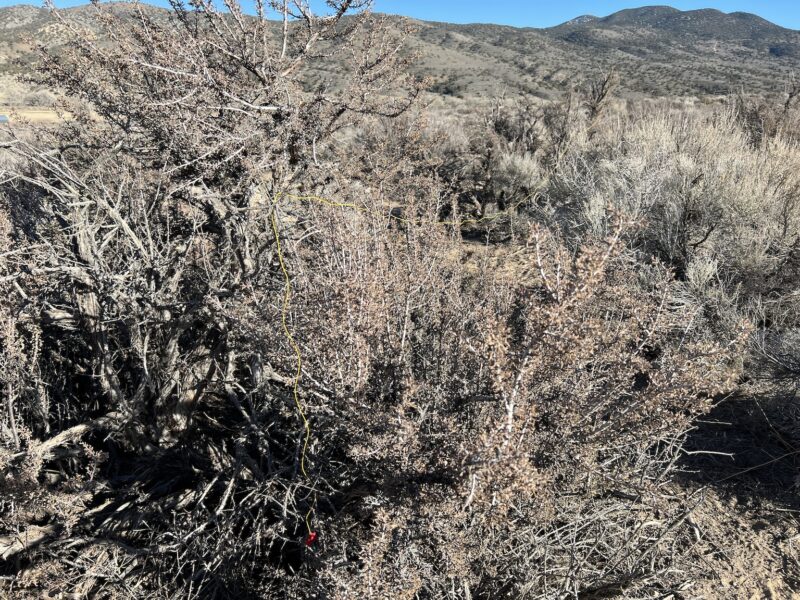
Friday I decided to deploy the Sagebrush Antenna. This unique antenna comprises the wire radiator from my KX1 kit (shown above) thrown across the top of whatever sagebrush is nearby. This deployment had the distal end in a sagebrush about six feet off the ground. The near end was about five feet above the ground, with the last bit sloped down to the radio, which sat on my knee. I threw the other part of the antenna (the counterpoise) on the ground in front of me.
By the time we finished our walk most of the SOTA activators had retired. Those I listened for could not be heard at my location. I listened for the few POTA stations that were active and heard an operator in Arkansas calling. Once a few strong stations worked him, I put out my callsign. After a couple of attempts, he heard me and sent part of my callsign with a question mark (asking me to fill my call).
About the time I heard him complete my call, he faded into the noise. I continued to listen a bit more, heard his signal come up and fade away again, then decided I would either have to wait or give up. Given I needed to return home for a phone call, I gave up. (I hate to give up!)
As I put away the station, the phone rang. My buddy Dick said “You’re 5-4 or 5-5 here, what are you running????”
“I’m running the KX1 with 3 watts.”
“You’re kidding!!! You’re booming in here. Did you hear him answer?”
“Yes, but then he faded and I could not copy the exchange.”
“Aw man, you had him… what antenna are you running?”
“I’m running the Sagebrush Antenna.”
“What?”
“The Sagebrush Antenna… I threw a wire over the top of the sagebrush.”
“Oh man, a wire on the ground and 3 watts?!?!”
We chatted a bit while I put things away (not a long process and I was almost done when the phone rang), then continued on the way home. I knew I could have worked that Arkansas activator if I had waited for him to come back up out of the noise. But I wanted to make my call before I ended the day.
